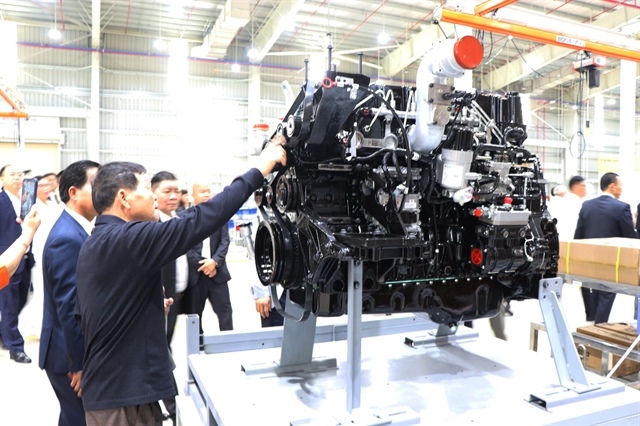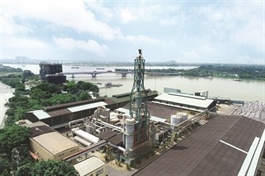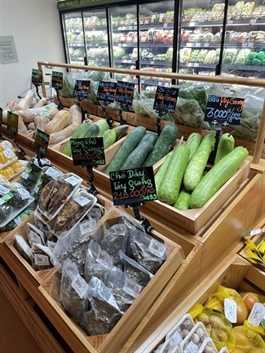High logistics cost a hindrance to competitiveness of Vietnamese goods
High logistics cost a hindrance to competitiveness of Vietnamese goods
High logistics costs have made it harder for Vietnamese producers to sell their goods, becoming an obstacle to local goods competing against low-cost Chinese items.

Goods are transported from China to Vietnam via e-commerce platforms with low shipping fees. Photo: Bong Mai / Tuoi Tre |
It is surprising to see products shipped from China to Vietnam via cross-border e-commerce platform Temu at a low shipping fee, while domestic delivery from Ho Chi Minh City to Hanoi costs around VND30,000 (US$1.20).
Many Vietnamese sellers are calling for relief from high logistics costs, which make up as much as 17 percent of the Southeast Asian country’s GDP, compared to the global average of 10.6 percent, according to the Vietnam Logistics Business Association.
Besides, orders from China are divided into low-value packages before being shipped to Vietnam via e-commerce platforms to enjoy the exemption of value-added tax (VAT) on imports, versus Vietnamese goods being subject to all local taxes and charges.
As per the prime minister’s Decision 78 dated 2010, imports worth less than VND1 million ($39.5) sent via express delivery services are exempted from any import tax and VAT.
Therefore, Vietnamese products are deemed unable to compete with Chinese commodities.
A representative from Express Delivery Services Corporation noted that shipping fees in China have dropped to as low as three Chinese yuan ($0.4) per order, while in Vietnam, the fees have decreased to VND25,000 ($0.98) per order over the past decade.
To attract customers, Vietnamese vendors have covered 10 percent of the shipping costs.
Khuu Kim Ngan from Binh Minh Garment JSC said that domestic companies struggle to compete with Chinese goods due to these high logistics costs and taxes.
Ngan explained that the Vietnamese logistics system has yet to reach a high automation level and is facing a lack of standardization, leading to high logistics charges and prolonged delivery time.
She highlighted that packaging in Vietnam is not as highly automated as it is in China, contributing to pushing shipping costs and extending delivery time.
Thanks to standardization and big warehouses, orders are handled quickly in China, so products are shipped to Vietnam even faster than items transported from Hanoi to Ho Chi Minh City, said a representative of a local courier.
Than Duc Viet, general director at Garment 10 Corporation - JSC, highlighted high logistics costs as a major barrier for local firms competing with foreign exporters.
Several economic experts and enterprises have suggested that Vietnam should improve its logistics system and introduce suitable tax policies to help local firms counter the prevalence of low-cost Chinese goods.
Nguyen Xuan Hung from the Vietnam Logistics Business Association hinted at building bonded warehouses to help reduce intermediary costs and delivery time, driving up domestic goods’ competitiveness.
He suggested investing in satellite warehouse systems and logistics automation which would expedite the packaging process and shorten shipping time.
Vu Duc Giang, chairman of the Vietnam Textile and Apparel Association, proposed the government consider cutting VAT and import taxes on some strategic commodities as well as giving land and financial support to warehouse projects.



























